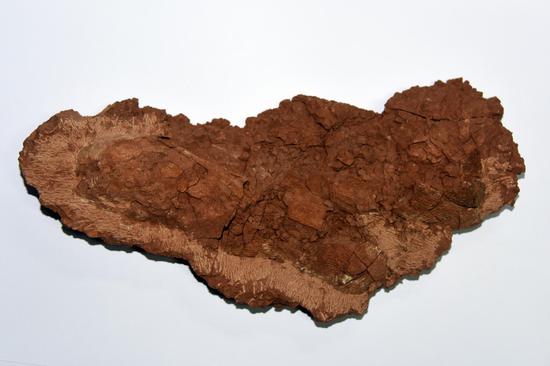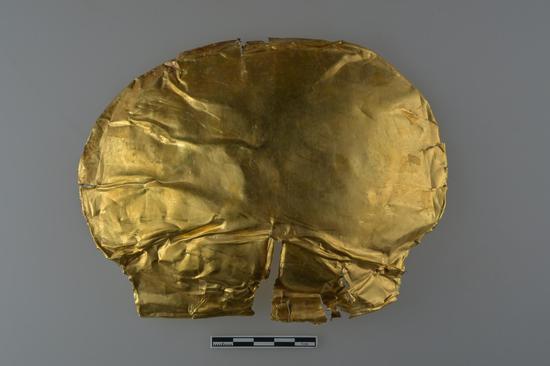Fed's hikes may pile FX pressure, but China's positives will absorb shocks
With the U.S. Federal Reserve continuing to tighten its monetary policy sharply, the world's major currencies, including the Chinese yuan, are experiencing downward pressure, but excessive concern over the renminbi's depreciation is unwarranted, given China's strong economic fundamentals and its $3 trillion in foreign exchange reserves, experts said on Thursday.
The Fed on Wednesday raised benchmark interest rates by another 0.75 percentage point, the third consecutive hike of the same magnitude so far this year. The federal funds rate in the U.S. is thus up in the range of 3 percent to 3.25 percent, the highest since early 2008.
The U.S. dollar index hit a 20-year high of 111.73 shortly after the Fed's announcement on Wednesday.
A stronger U.S. dollar led to a decline in other currencies. While the RMB's spot rate against the greenback opened 266 basis points lower on Thursday, the offshore USD/CNY soon fell in morning trading below 7.1, the lowest level since June 2020.
The sterling fell to a 37-year low against the U.S. dollar on Thursday. The euro dropped to the lowest level since October 2002 and the Australian dollar reached the lowest since May 2020.
Jiang Qijia, senior analyst at Shanghai-based financial services provider Noah Holdings Ltd, admitted the RMB will likely still face some depreciation pressure against the U.S. dollar in the next one to two months. "But it is not far from the bottom."
Although the RMB has depreciated by 9.88 percent against the U.S. dollar so far this year, the People's Bank of China, the country's central bank, said on Friday that the RMB exchange rate has remained stable within a rational band, and two-way fluctuation of the currency is "normal".
Wen Bin, chief economist at China Minsheng Banking Corp, said China's GDP will rebound significantly in the third quarter with inflation mild and controllable. The high surpluses in current accounts, direct investment and trade have laid the groundwork for a stable RMB and the currency market in general. "There is no basis for continued depreciation of the RMB."
China's $3 trillion foreign exchange reserves should also help allay any possible concerns about big foreign capital outflows, said Cheng Hao, fixed income analyst at Fidelity International.
More importantly, the world will increasingly recognize the value of using the RMB in various transactions, Liu Guoqiang, deputy governor of the PBOC, told a news conference on Sept 5.
Data released by global financial messaging services provider Society for Worldwide Interbank Financial Telecommunication on Thursday showed that the RMB accounted for 2.31 percent of global payments in August, a reading that was 2.2 percent a month earlier.
The central bank of Israel announced in late April it will include the Chinese yuan for the first time in its foreign exchange reserves. Russia, Brazil, Switzerland, Mexico, Chile and South Africa have taken similar measures to increase the RMB content in their respective foreign exchange reserves.
On the other hand, the share of U.S. dollar reserves held by central banks fell to 58.8 percent in July, its lowest level in 25 years, according to the International Monetary Fund's currency composition of official foreign exchange reserves — COFER — survey.
The U.S. faces more challenges, said Cui Rong, chief macro-economist for overseas markets at CITIC Securities. The Fed may only be able to curb inflation at the price of economic regression, which is likely to take place substantially in the second half of 2023.
The U.S. stock market has not yet bottomed out. The 10-year U.S. Treasury yield will fluctuate in the short run and decline in the mid-to-long term, she said.


















































 京公网安备 11010202009201号
京公网安备 11010202009201号